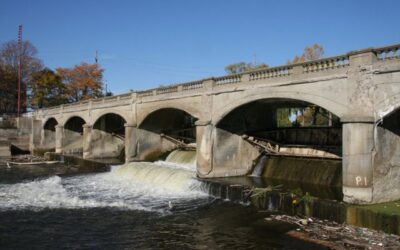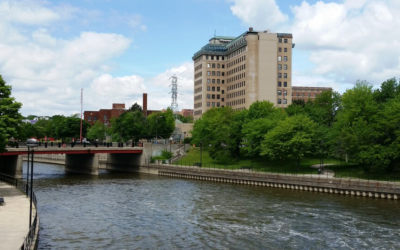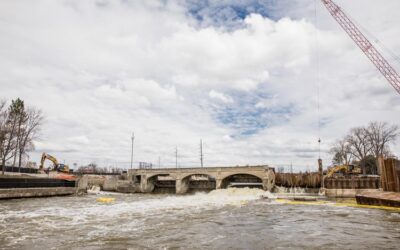More Info & Questions
Overview

Transforming The Flint River Corridors
The Flint Riverfront Restoration Project provides a vision that will transform a neglected resource into a vibrant community asset. That vision calls for the rejuvenation of both the river and riverfront through the creation of water-based recreational opportunities, park improvements, redevelopment of underutilized properties, enhanced community connectivity, ecosystem restoration and improved stormwater/flood control.
The key driver for the development of the Flint River Restoration Project is the need to improve the Hamilton Dam, located along the Flint River in the heart of downtown (near the University of Michigan-Flint campus). The City of Flint and other stakeholder organizations have been evaluating potential improvements to the Hamilton Dam for several years.
The Hamilton Dam has a long history of service to the City of Flint. Constructed in 1920, it facilitated milling operations for the region’s logging industry and served as a water source for local industries. Throughout its life, the dam has helped regulate the flow of water in the Flint River. In the 1960’s, the dam served as the upstream anchor point for the U.S. Army Corps of Engineers’ Flood Control Project.
In order to remove the Hamilton Dam, a series of in-river channel structures are being designed to mitigate flooding concerns, improve fish passage, and provide recreational opportunities.














